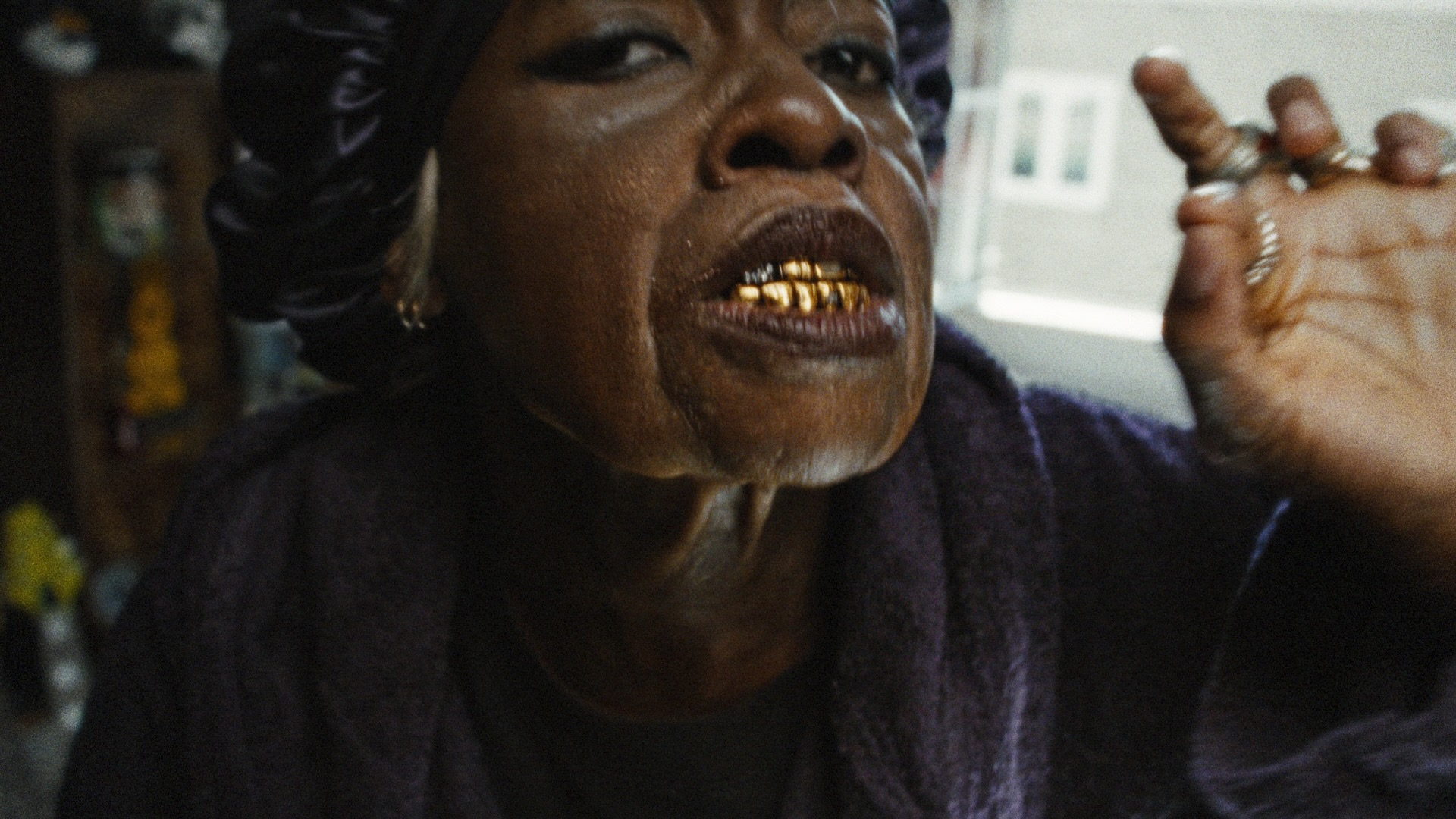How to start sewing: a guide on how to sew for beginners
Our guide to how to start sewing covers how to sew for beginners, including the tools you need.

If you're keen to learn how to start sewing then I can help. If you’re looking for a new hobby that’s useful, creative and rewarding, then this guide get you started. Understanding the basics of how to sew for beginners I outline below will get you up and running in no time at all.
Learning to sew gives you the power to create a wardrobe of beautiful, individual and (best of all) well-fitting clothes. Sewing these days is about more than making and repairing clothes, for example the same skills can enable you to craft designer quilts or art projects. Read our guide to the best sewing machines and the best Cricut machines to see what tech you may need.
Besides the benefits of being able to create bespoke garments and craft projects designed specifically for you, when you learn to sew you can enjoy a hobby that’s fantastic for your mind, wellbeing and confidence. More importantly, you will have gained much enjoyment and satisfaction during the process.
It can be daunting to learn how to start sewing, but I’ve got everything covered in this guide. Discover everything you need to know: the tools to get started, tips for choosing a sewing machine, perfect sewing projects for beginners and lots of guidance on selecting first fabrics and patterns.
How to start sewing: essential tools to get started
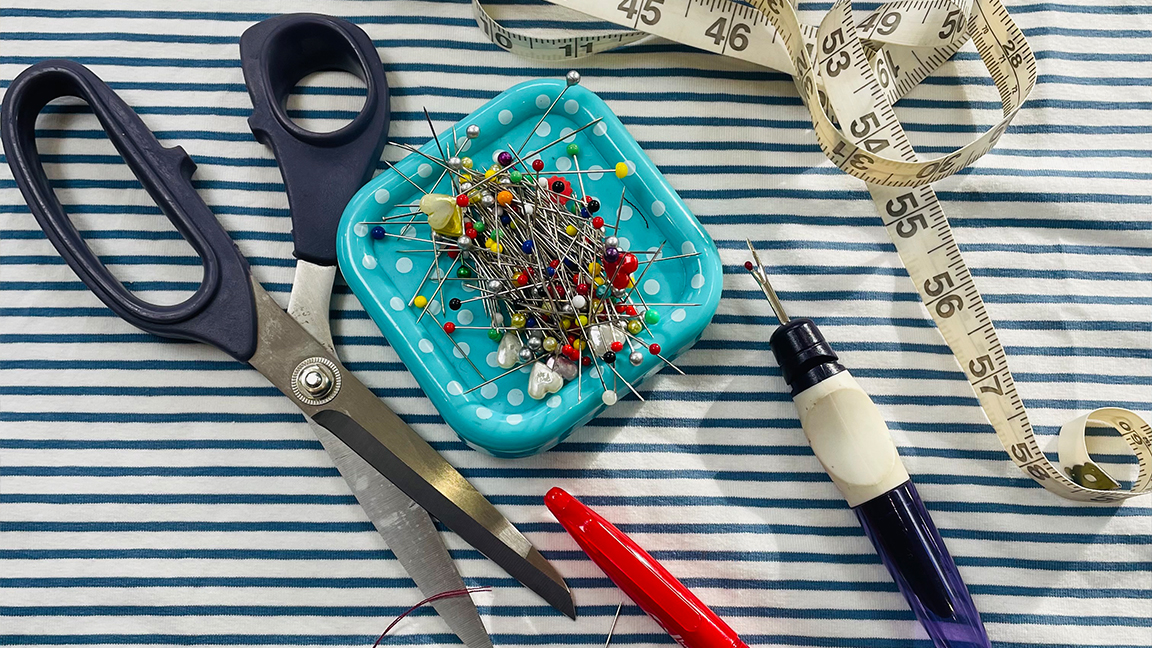
Regardless of what your first sewing project is, there are a few key items you will need. These can seem expensive at first but they will last you and there are some good sewing kits available than bundle everything together, such as the Professional Sewing Kit from Hobbycraft and the Singer ProSeries Sew-It-Goes Sewing Kit from Michaels. Below are the basics every sewing kit should.
- Pins; these are essential for keeping material in place as you sew and come in three types, flat-, plastic- and glass-headed.
- A pin cushion or tray (I like the magnetic trays for ease of use and picking up dropped pins).
- Threads; you'll start with basic all-purpose threads but soon you'll experiment with invisible, coloured cotton, overlocker, quilting, metallic threads and much more.
- A needle for hand sewing; again you'll start with a general needle but there are specific sizes and shapes for different tasks.
- Fabric markers such as tailor’s chalk or an erasable pen (my fabric marker of choice is a Frixon pen),
- Fabric scissors (not to be used on anything but fabric).
- Scissors for cutting your pattern.
- An iron and ironing board, or you may want to make use of a Cricut EasyPress Mini and heat mat for intricate seams.
How to start sewing: choosing your sewing machine
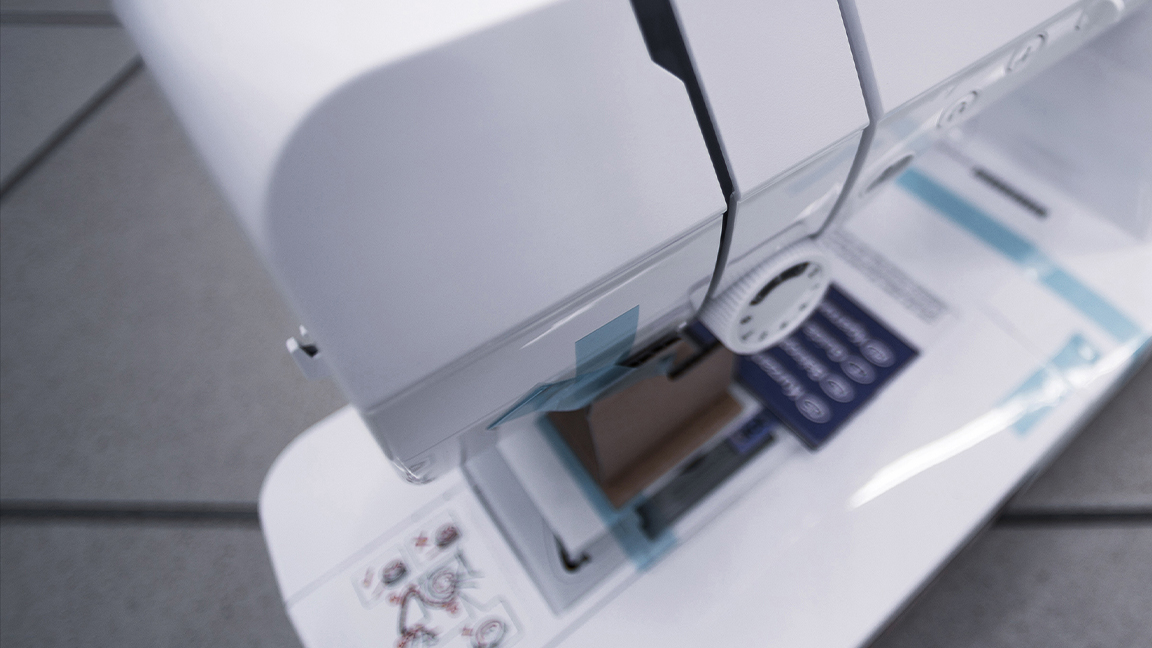
There’s an overwhelming amount of great sewing machines for beginner sewists available on the market, so it can be difficult to know how to narrow down your search and to make your final choice. In reality, the only two stitches you absolutely need your machine to be able to do when you’re starting to sew is a straight stitch and a zig-zag stitch.
Since all machines have these two stitch options you could argue that any machine would be suitable. However, you need to consider your budget and what it is that you’d like your machine to be able to do as you progress.
Get the Creative Bloq Newsletter
Daily design news, reviews, how-tos and more, as picked by the editors.
A basic mechanical machine with just a few utility stitches is enough to start sewing clothes with, but if you already know that you’d like to embellish garments with a range of decorative stitches than a computerised machine might be a better investment.
Read my guide to the best sewing machines for beginners to see my favourites for learning to sew for beginners; and I run over some key questions you should ask yourself when picking a machine.
How to start sewing: easy sewing projects for beginners
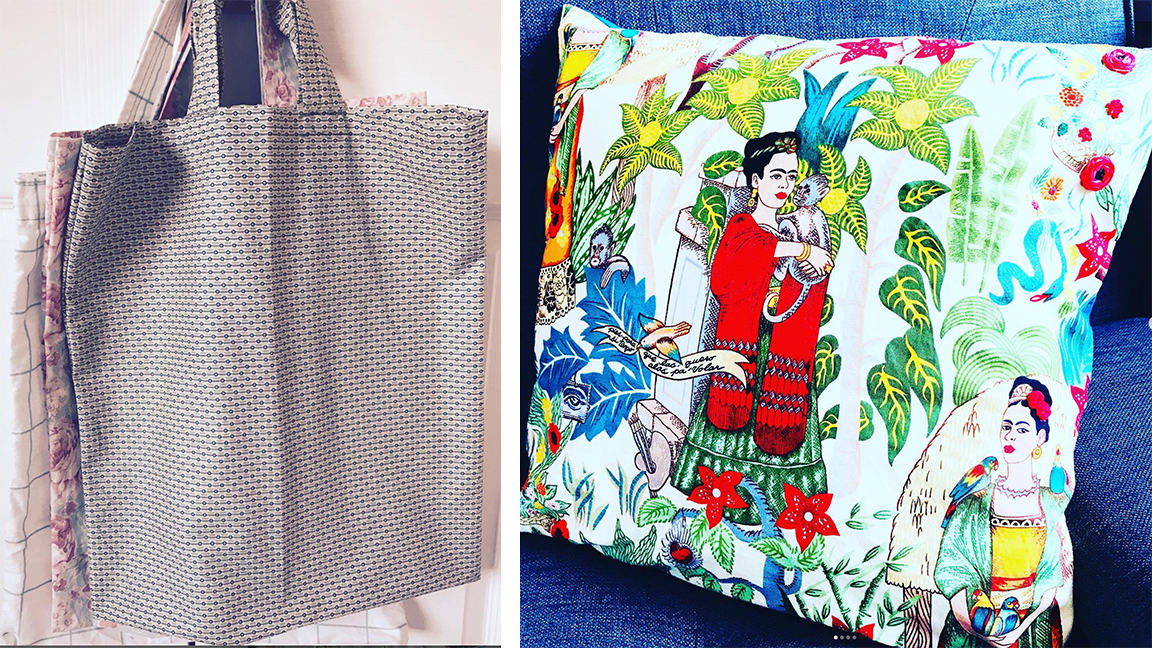
Whilst you might be dreaming of impressing everyone with a knock-out handmade dress at an up-coming event, choosing this as your first sewing project is likely to end your new-found sewing hobby prematurely in tears and frustration.
When you begin to learn to sew it's good to start simply and aim to try a new skill with each new project. It's important when starting out to have a sense of growing achievement, so take it slowly.
I always teach beginners how to sew a simple tote bag as their first project, as it’s a great way to get to grips with simple stitches and sewing straight seams. I then recommend moving on to a zipped cushion to learn how to insert zips well before inserting one on your first sewn garment.
How to start sewing: garments to guarantee success
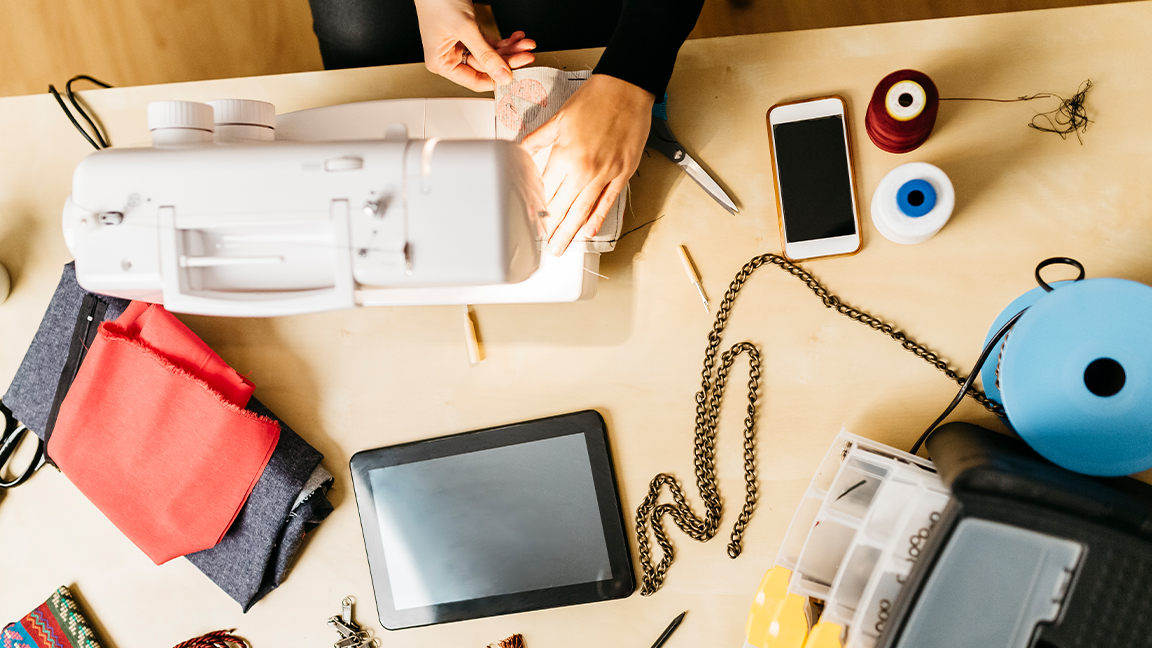
Sewing and fitting are two different skill sets, so I recommend choosing garments that require very little fitting whilst you are first learning to sew. For this reason and the fact that there are no fastenings to tackle, the first garment I teach my students to make is a simple pair of pyjama bottoms with an elasticated waistband.
You could also start with a girl’s pull-on skirt for the same reasons. I then recommend progressing to a simple skirt pattern, as you’ll learn how to sew darts and can insert the zip with ease if you practised with the cushion.
How to start sewing: choose the right pattern

You can find great beginner patterns in printed paper form, in sewing books and as PDF files that you can either print at home or get printed for you. The bonus of PDF patterns is that if you cut out the wrong size, you can print it out again and all is not lost. However, if you print the pattern at home it involves sticking together lots of A4 pieces to assemble the pattern together and this can be very time consuming.
Cutting out the wrong size can be avoided by taking accurate measurements and reading the back of the pattern envelope carefully before you start to cut out your pattern. It’s important to select the size to cut out using the measurements given on the envelope and not what size you usually wear in ready-to-wear items.
How to start sewing: selecting the right fabric
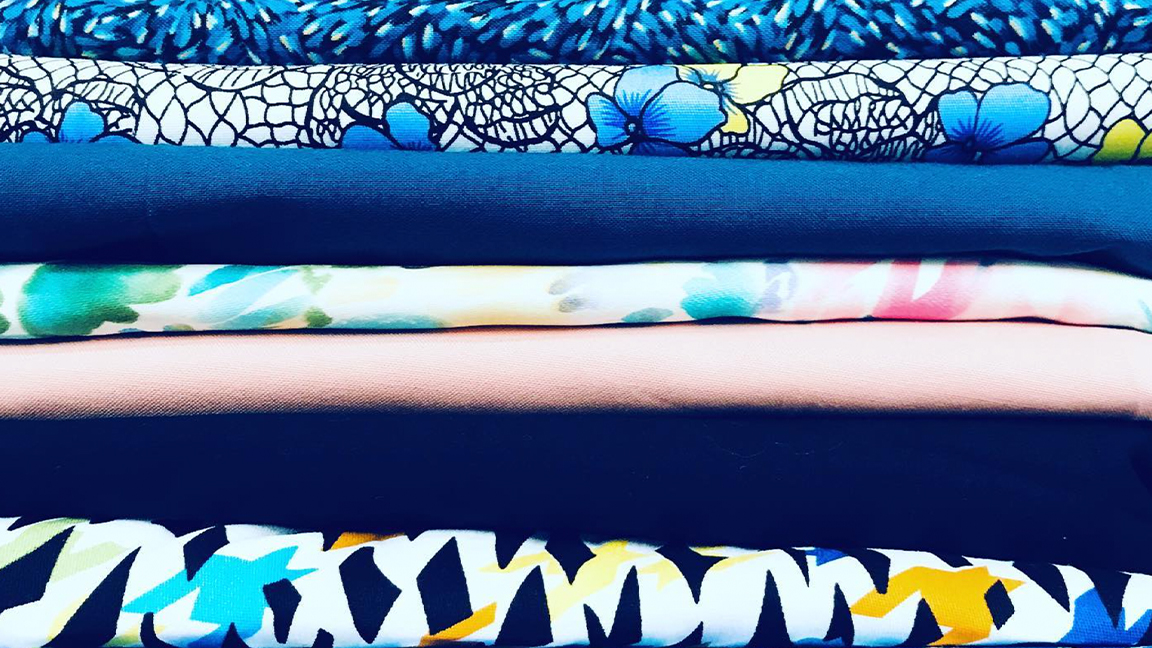
Stepping into a fabric store when you’re starting to sew is both exciting and a little overwhelming, thanks to the tantalising array of colours, prints and fabrics available. When starting out, choose a woven fabric that is nice and stable, such as cotton or a cotton blend, as it will be easier to cut out and control.
Check the fabric suggestions on the back of your pattern envelope and stick to the suggestions until you gain more confidence. Always feel free to ask the store assistants for guidance, they are there to help you and are usually more than happy to do so.
Read more:

Thank you for reading 5 articles this month* Join now for unlimited access
Enjoy your first month for just £1 / $1 / €1
*Read 5 free articles per month without a subscription

Join now for unlimited access
Try first month for just £1 / $1 / €1
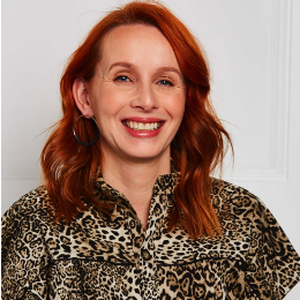
Michelle is a sewing teacher, writer and maker based in the Peak District. As a dressmaking tutor and freelance craft feature writer Michelle regularly writes for Love Sewing magazine as well as Woman's Weekly & Woman & Home. As a sewing tutor and avid dressmaker she has extensive knowledge of sewing machines and overlockers, and the know-how of how to match different dressmakers' needs and budgets to the right machine for them.
